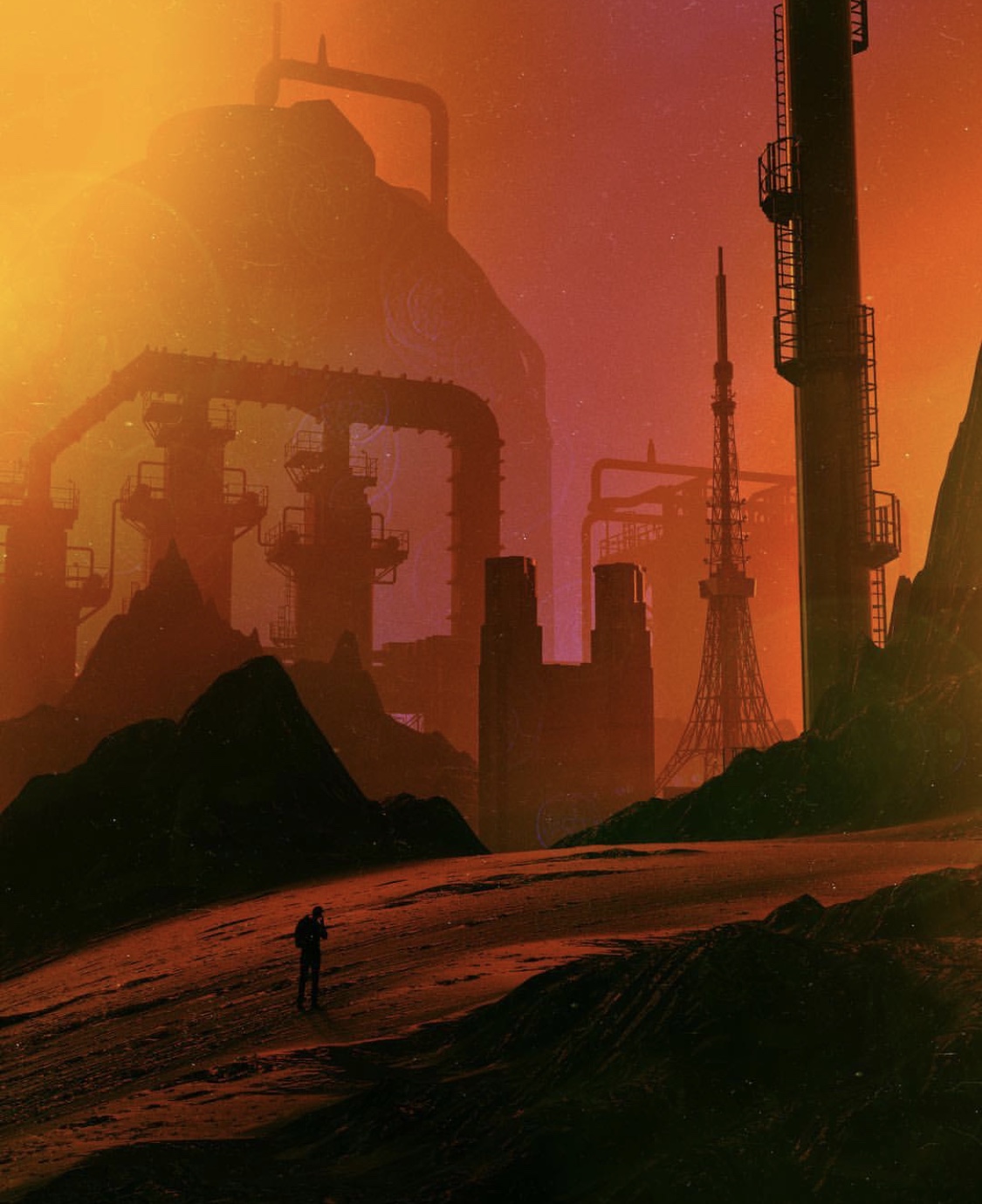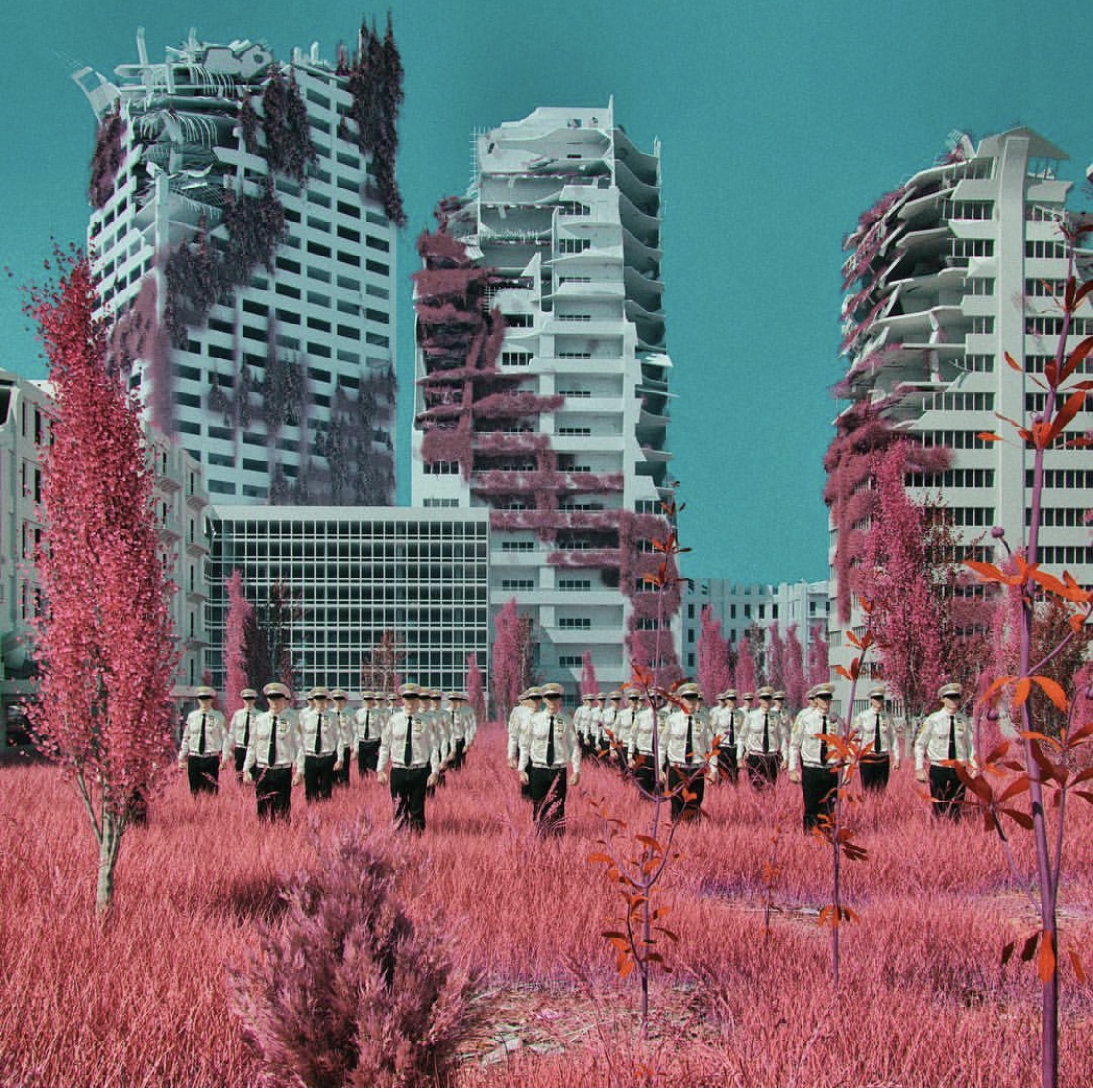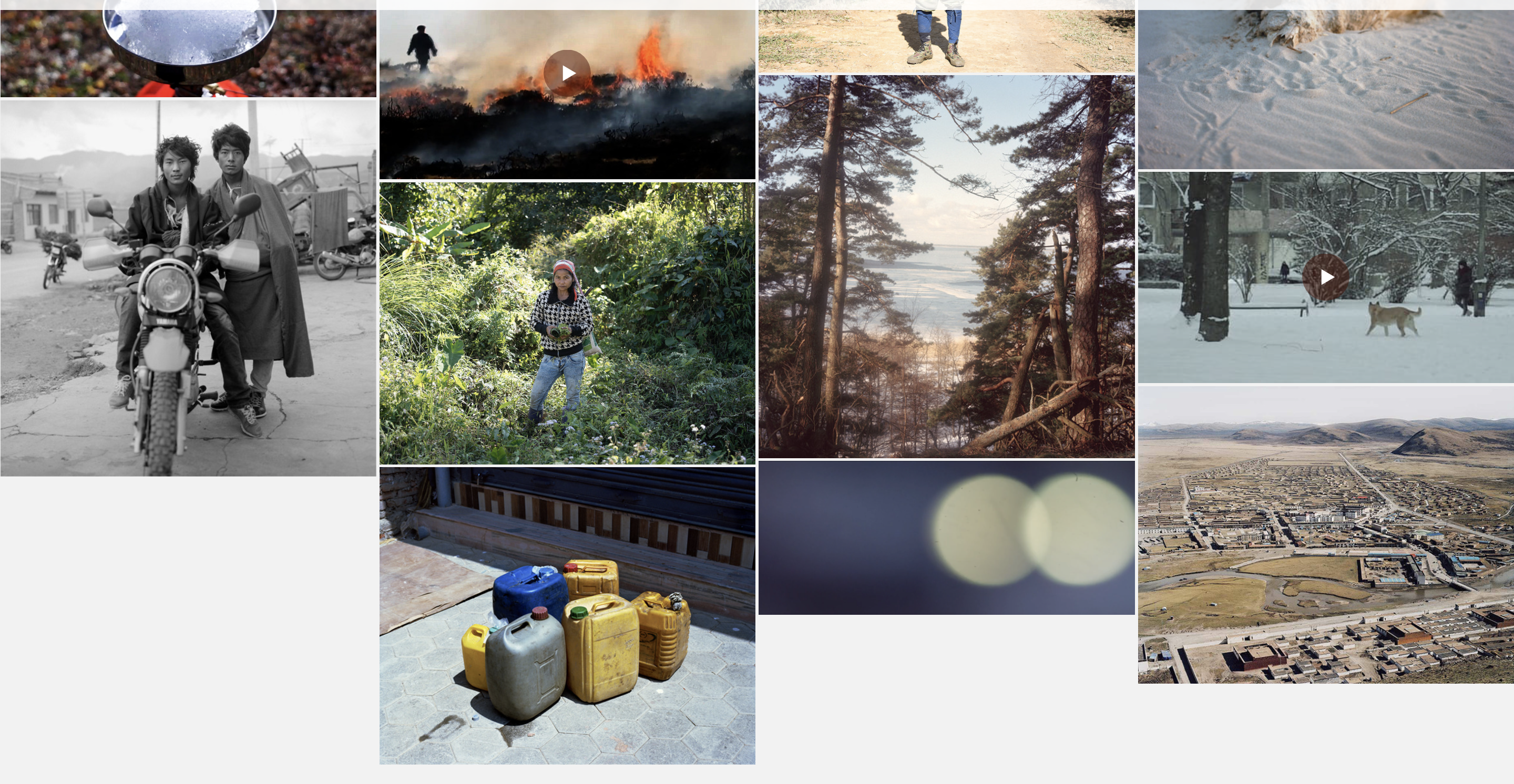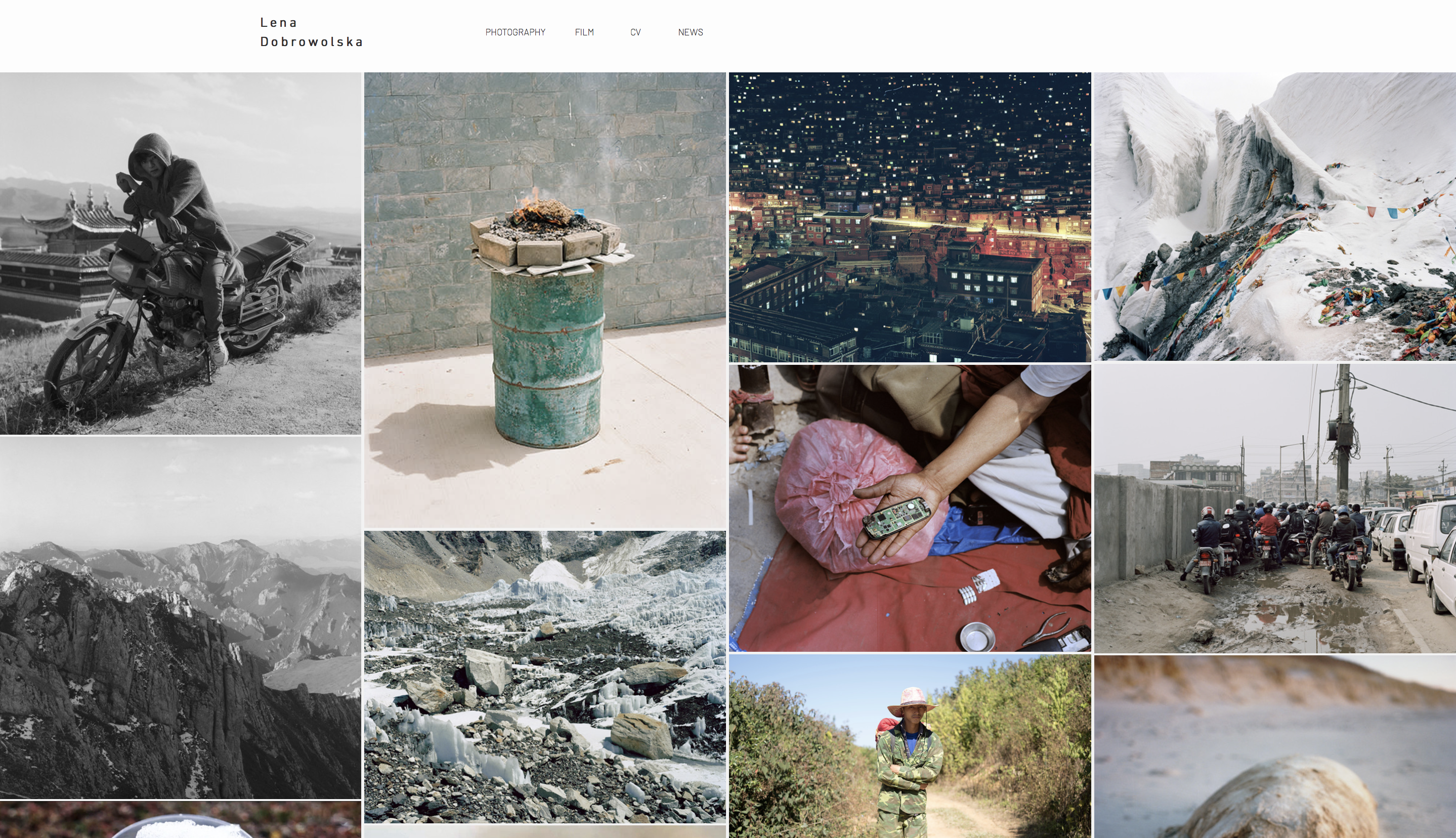- 3 questions that address your research topic (these can be new questions or one’s from your taxonomy…as long as they are relevant).
How is pop culture being revealed in the environment that we live in?
What do I need to know if I’m going to research “aftermath of natural disaster”?
From cultural and customary aspect, what influence does natural environment bring to human beings?
- External resources such as visual images from other artists you find relevant and inspiring.
- Images from visual “popular” culture that you think support your thesis.
- Cultural artifacts (this could be multiple images from your taxonomy or new visual information found on a museum website, etc.).
- Relevant data collected from your research in seminar (this can be quotes or links to articles or websites, etc.) which support or reinforce your project idea.
Beeple
Isle of dogs by Wes Anderson


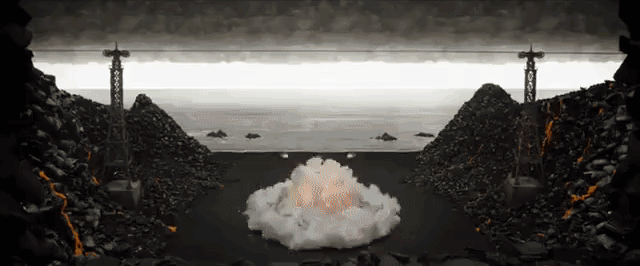
Lena Dobrowolska
Andy Goldsworthy
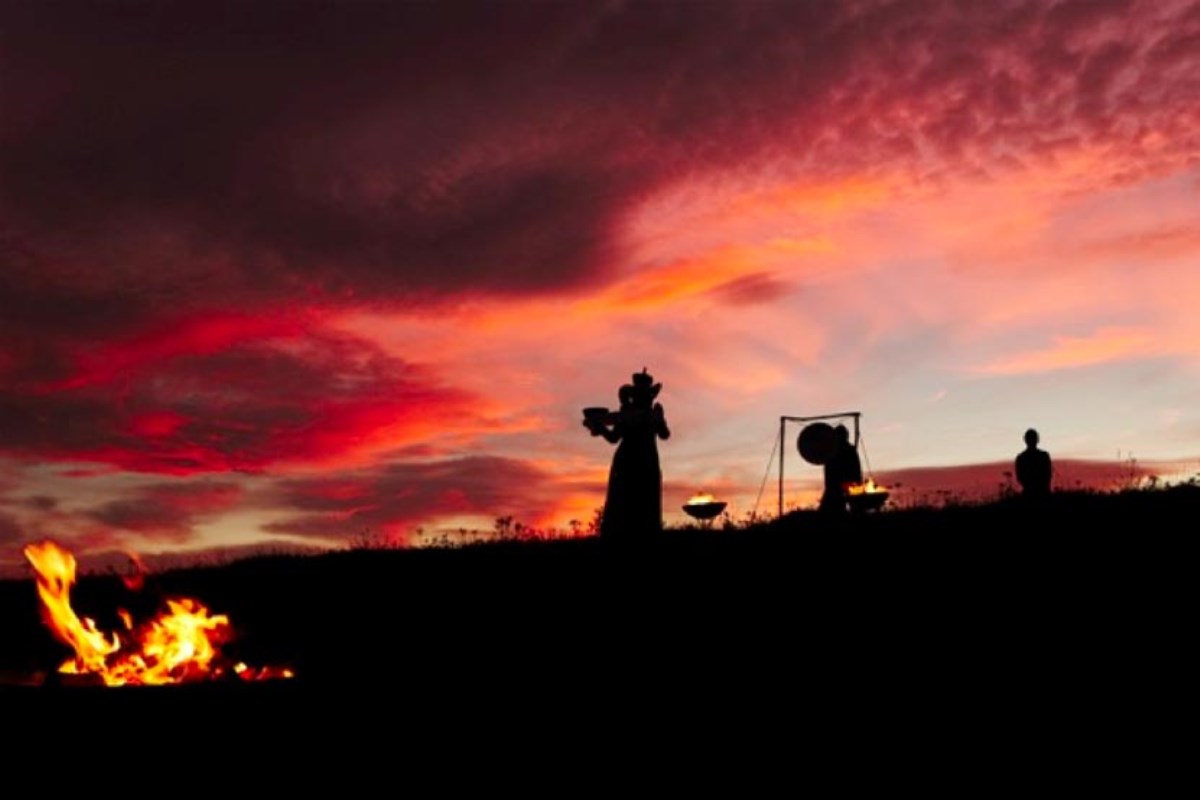
Relevant data
GEOHISTORY- https://www.lenadobrowolska.com/geohistory
http://www.alicjadobrucka.com/Accidental-landscapes
https://www.lenadobrowolska.com/feedback-loops
- Any research on mediums and materials you have or plan to do/conduct. For instance, if you plan on making a sound installation, what do you anticipate you will need to
- research? (microphones, digital recording devices, etc.)
Camera (Cannon 80D) for taking pictures, then I want to use photoshop and Cinema 4D to make my final project. But once’s the digital work has been made, I can also project the works and add sound, so I might use Adobe Audition as well.
- Create 3 mock-up sketches of your idea (or ideas) in your journal/sketchbook (can be done digitally) and include them in this LP post.
My topic is “Environment”, and it’s a very broad topic which includes so many aspects—climate change, overpopulation, pollution…but we can also think about it in a more positive way: beauty of nature and urban views. For my final project, I decide to incorporate each “branch” a little bit together and reflect the relationship between human and the environment they live in and how they interact with each other, creating a microcosm of the complex environment they live.


